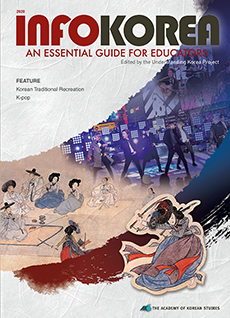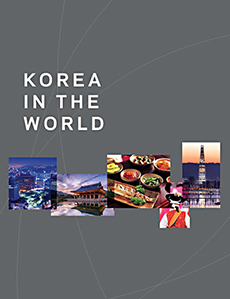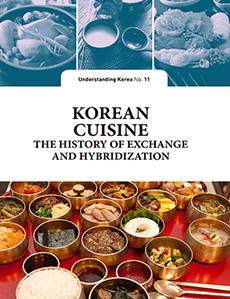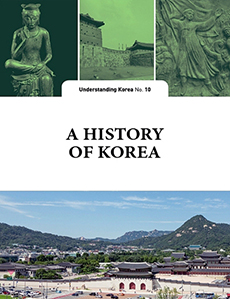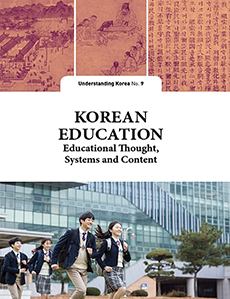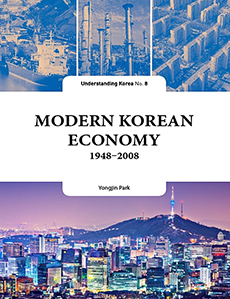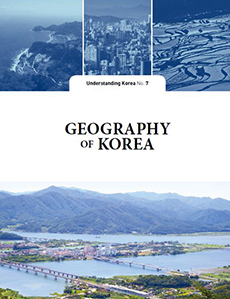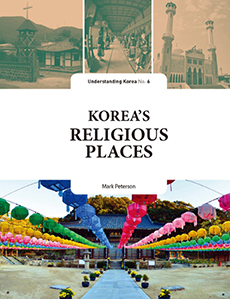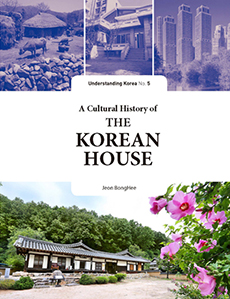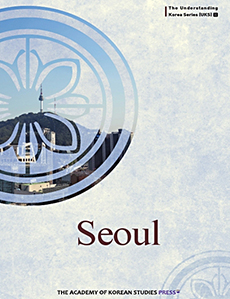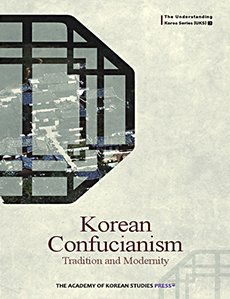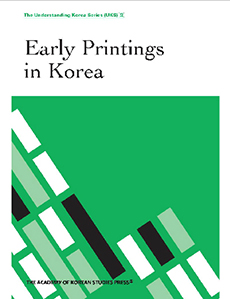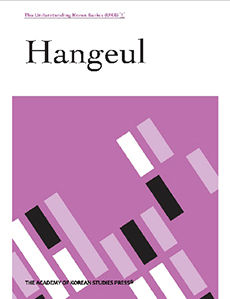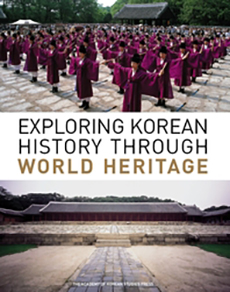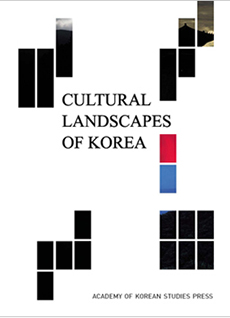Understanding Korea Materials
-
Infokorea is a magazine that introduces Korea to readers overseas, including teachers, textbook developers and other educators. The magazine offers the latest statistics on the Republic of Korea and articles that focus on Korean culture, society and history, which can be used as a reference source for textbook writers and editors and as materials for teachers to prepare for class.
-
It is not easy to understand a foreign country in a short time. Korea in the World is a brief introduction of Korea for educators unfamiliar to Korea. The booklet collects and summarizes significant historical, cultural, and politico-economical traces of Korea. An essential material for educators who want to bring Korea in the textbook and to classroom.
-
The history of Korean cuisine, particularly vis-à-vis its formation and transformation through myriad exchanges and hybridizations from ancient times to the present. In this relatively brief volume, Professor Joo vividly narrativizes the long diachronic processes of how certain foods, beverages, and sauces now deeply entwined with the Korean people and culture - such as soy sauce, soybean paste, kimchi, soju, seolleongtang, gimbap, jjajangmyeon, japchae, fried chicken, budae jjigae, ramyeon (ramen), galbi, and samgyeopsal, just to mention a few - came to be enjoyed as part and parcel of a quotidian Korean menu.
-
It explains the history of Korea from prehistoric times to the present. This book, divided by periods, helps readers to understand the main events and overall characteristics of Korean history. It covers each era’s political systems, culture, society, and foreign relations. As a concise introduction to Korean history, this book would be suitable for international Koreanists and students, textbook authors, and the general readers.
-
Therefore, examines the diverse aspects of education in Korea and the contributions of education to the development of the nation from the perspective of its long history. This book focuses not so much on the vast amount of information related to education in Korea; rather, it selects a number of major facts and explains them in greater depth from a historical context of education in Korea.
-
This book looks at the country’s modern economic development starting from the end of the Korean War, the economic problems Korea faced after the conflict, efforts to solve these problems, and the results produced. It will also describe changes in economic policy objectives from liberation from Japanese colonial rule in 1945 through today in detail.
-
This work has been created to serve as a foundational text for international readers to understand the geographic characteristics of the Korean Peninsula and the living culture of Koreans. It consists of an overview that presents a comprehensive look at the Korean Peninsula from a systematic geography perspective and a regional geography portion that examines specific regions of Korea in greater depth.
-
Visitors to Korea are often struck by the displays of religion all around them. Buddhism, Confucianism, and Christianity are apparent to the casual visitor, but if one knows how to find it, a shaman house or office is also easy to find. This book will visit the famous and the typical sacred sites of the four major traditions—Buddhism, Confucianism, Christianity, and Shamanism—as well as other religions.
-
The history of the Korean house through several time periods: from the ancient to the modern periods. It also overviews the future of Korean housing in transition from a patrilineal society to a nuclear-family-based society, or the status of apartments serving as the representative Korean housing type.
-
This book traces the developmental stages of Seoul from its birth as capital of Korea to today’s mega city along with its history and culture. After a close reading of a vast amount of literature on Seoul, the book presents objective information on Seoul and portrays various aspects of Seoul including history, culture, city development and renewal, and the major features of current Seoul that stand out from other mega cities in the world. In sum, it is a well-balanced presentation of a city called Seoul.
-
This new book discusses various aspects of Korean Confucianism in terms of “tradition” and “modernity” pertaining to philosophy, education, family, social ethics, political leadership, national identity, ritual practice, and spiritual culture. It consists of eleven interconnected chapters. Although the book is written in a scholarly format, it is intended for a broader audience including college professors and students, school teachers and librarians, education agencies and officials, and general readers. It will certainly contribute to our better global understanding of Confucianism in Korea and elsewhere.
-
This book demonstrates the excellence and rich features of early Korean printing culture. It begins with the origins of printing culture in the world and in Korea and development moving on to discuss in detail about woodblock printing and movable type printing in Korea that include many artifacts registered as memory of the world. Especially, the book contains illustrated discussion on the invention and development of metal movable type printing. Not only this book offers primary understanding on Korean culture but also its bibliographic perspective gives practical information to those who study Korean bibliography.
-
The book starts with how Hangeul, Korea’s distinctive writing system is different from those of its neighboring countries, China and Japan. It then discusses in a simple manner the creation of Hunminjeongeum and changes over the time to present day in detail. Not only this book presents basic understanding on Korean culture but also its linguistic perspective gives useful knowledge to those who study Korean language and Korea studies.
-
Exploring Korean History through World Heritage is a book about Korea’s tangible and intangible heritage sites and items inscribed in the UNESCO’s world heritage lists. Containing a wealth of latest information and visual materials, such as photographs, about 19 items of Korean cultural legacy either remaining on the Korean Peninsula or created by Korean people, the book is a helpful introduction to Korean history and culture published for English readers. The priceless tangible and intangible cultural heritage introduced in the book provides readers with an objective, balanced view of Korean history from the prehistoric times to the modern period.
-
This book is a comprehensive introductory book on Korean culture from an anthropological perspective. The subjects are wide-ranging, from traditional lifestyles including housing, food, and religion to contemporary cultural changes that have taken or are taking place in South Korea through industrialization and globalization. The book’s approachable design with colorful photographs makes it a useful introduction to Korean culture.

